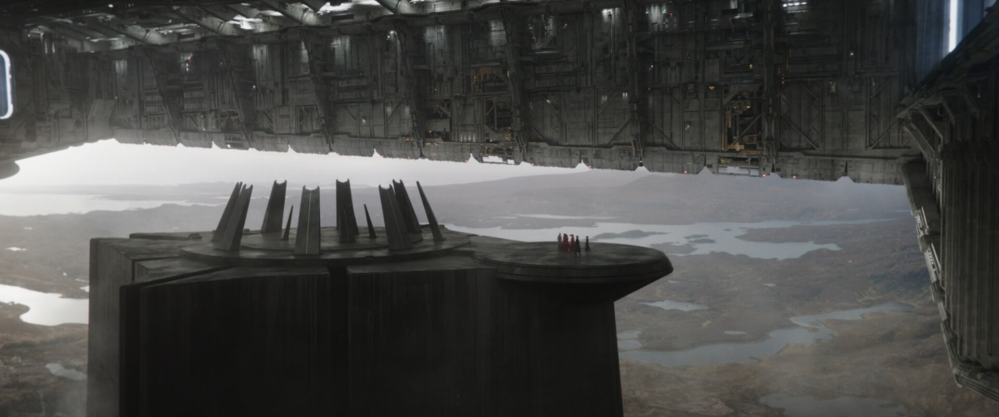
In a galaxy even further away... back to Star Wars miniature gaming
Things change - that's something not to be feared, but embraced.
After a few small test runs, some things have now changed again. The design process is really interesting because you increasingly develop a feeling for what is necessary and what is unnecessary.
Example 1: I said at the beginning that action is more important to me than reaction or passive play, i.e. attack is more important than defense. Why? Because I like games in which something happens (with as few dice rolls as possible). I came to the conclusion that I wanted to make attacks a little more effective than defense, but in a controlled way. Since I work with dice pools, increasing the size of attack pools is not a good idea, because the larger the dice pool, the more predictable the number of successes becomes. After some experimentation, I decided on a solution that I think is the simplest and best way to achieve this: I added a new cube, and a gray one at that. Now I have four color codes for the dice and the minimum roll for a success is distributed as follows:
Red: 2+
Black: 3+
Gray: 4+
White: 5+
Red dice are only available in attack pools, and then hardly ever more than one. A red die means an almost automatic success, plus a critical in the attack, for which the defender doesn’t get a defense die. This allows me to better fine-tune the attacks of the heroes and villains in terms of the maximum number of successes and the expected average number of successes. I also now have a range of 4 skill levels of individual dice, plus the number of dice as adjusting screws. The “colorless” dice are more or less the standard, and the red ones signal danger – which is also easy to read.
Example 2: I have jettisoned the concept of two-sided unit cards with one state fully effective and the other the unit in stress, for two reasons: First, the in-game impact is negligible, especially in contrast to the effort involved, as it has been shown that for the important pieces where this is more severe, you always try to take a Recover action as quickly as possible, which costs an action cube. Now there was an option to make it harder to recover from this disadvantage, but I didn’t even experiment with it because I find it boring to play a Star Wars game with a weaker, more boring version of a character with far fewer options due to a game effect. That’s simulationistic, and in my opinion has no place in a Star Wars skirmisher, which should be more cinematic.
Instead, it is now simply: If a unit suffers one or more wounds, a Bravery test must be performed. If this fails, the defending player can choose: The unit is shaken, or it loses an action die. This makes the action dice even more interesting. The elimination of the stressed side of unit cards also has another advantage: I can now make weapon upgrades and other unit upgrades with weapon profiles that previously were impossible or very clumsy to implement because they would have also required a stressed side, and that would have been a ridiculous amount of effort for this game gimmick.





























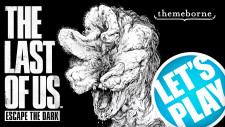

![TerrainFest 2024 Begins! Build Terrain With OnTableTop & Win A £300 Prize! [Extended!]](https://images.beastsofwar.com/2024/10/TerrainFEST-2024-Social-Media-Post-Square-225-127.jpg)
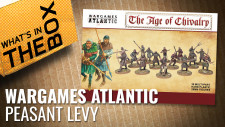
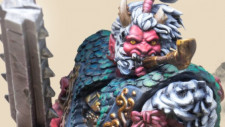
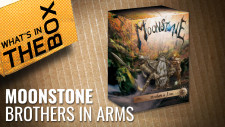

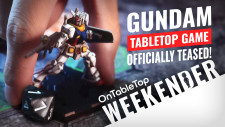






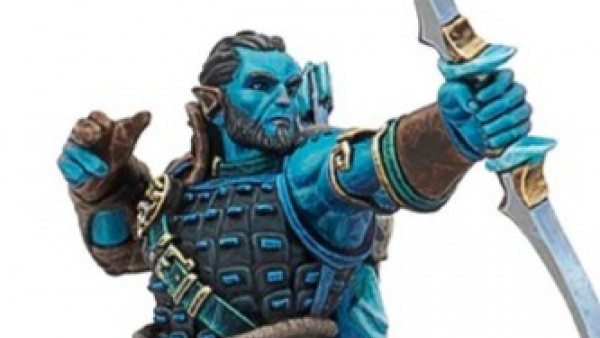
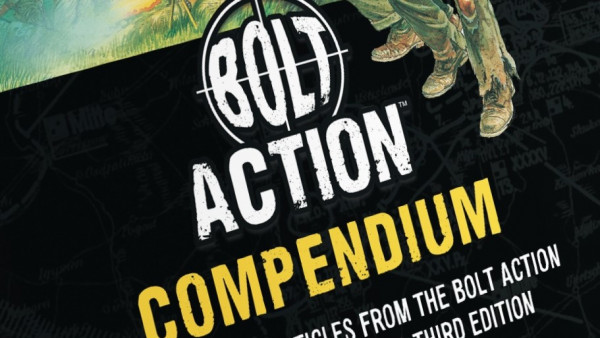
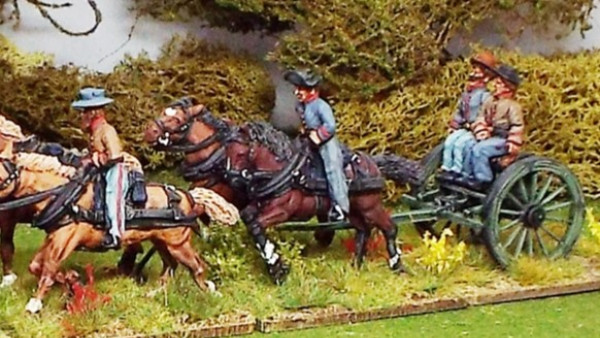
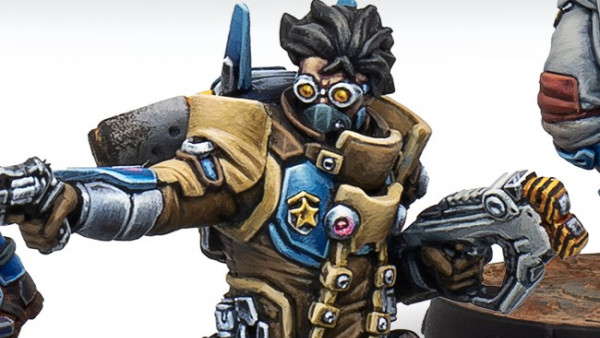

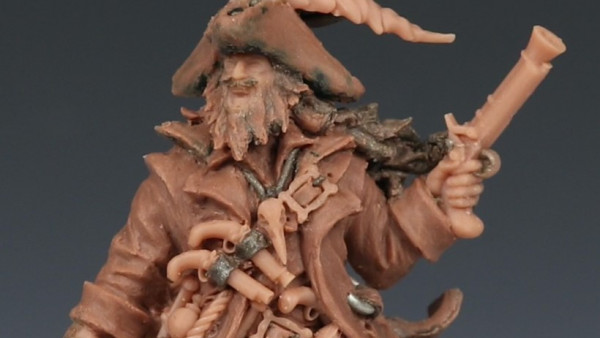
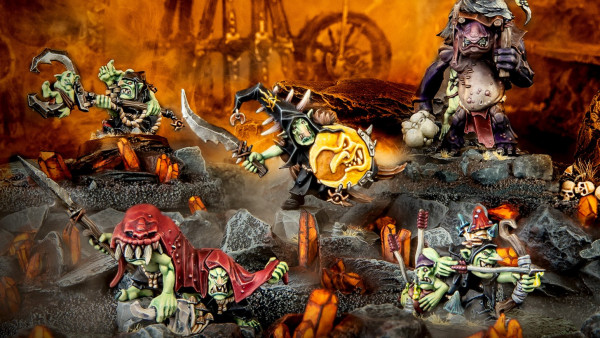
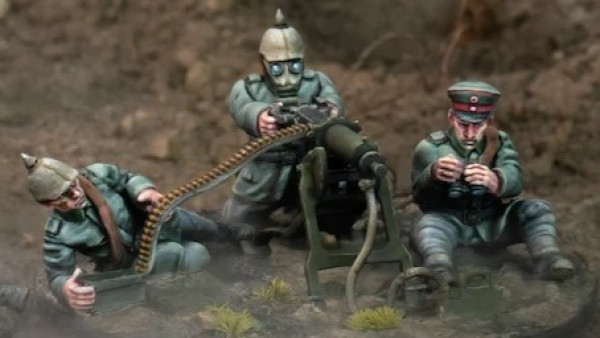
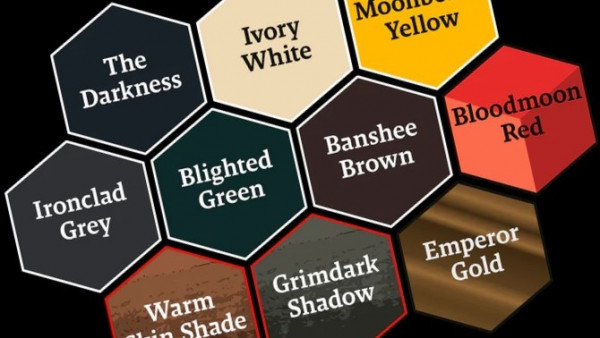
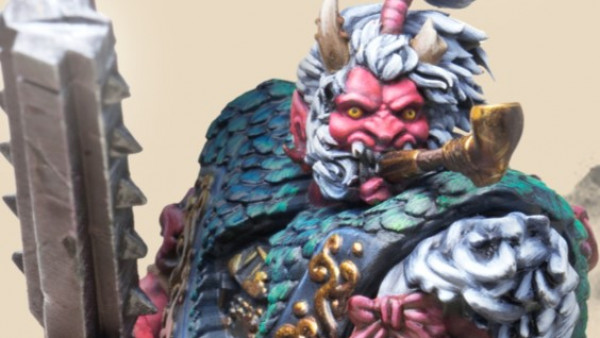
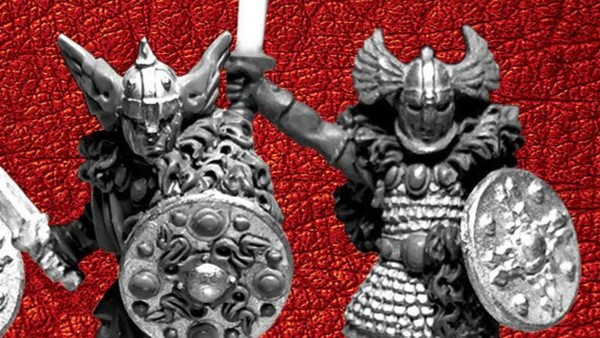

















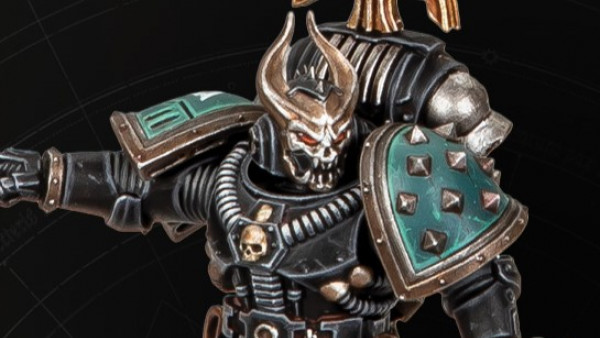


Leave a Reply